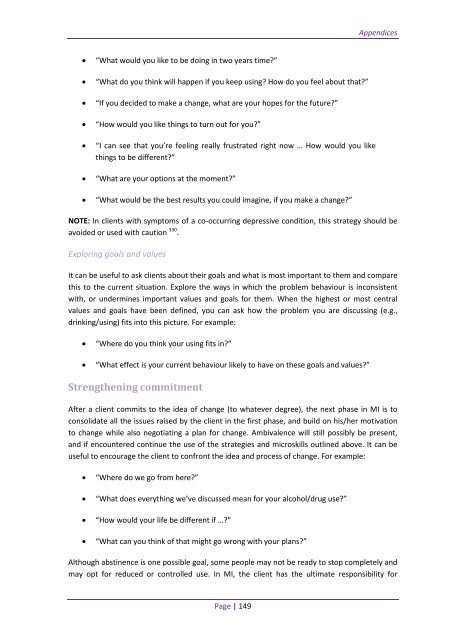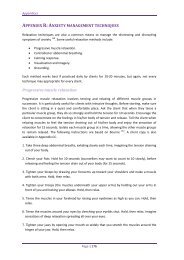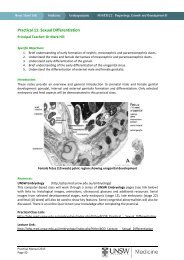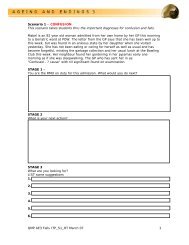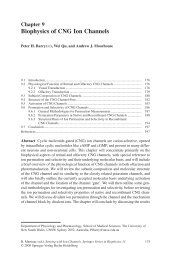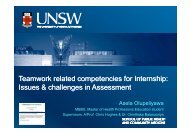appendix d: motivational interviewing - National Drug and Alcohol ...
appendix d: motivational interviewing - National Drug and Alcohol ...
appendix d: motivational interviewing - National Drug and Alcohol ...
You also want an ePaper? Increase the reach of your titles
YUMPU automatically turns print PDFs into web optimized ePapers that Google loves.
Appendices<br />
• “What would you like to be doing in two years time?”<br />
• “What do you think will happen if you keep using? How do you feel about that?”<br />
• “If you decided to make a change, what are your hopes for the future?”<br />
• “How would you like things to turn out for you?”<br />
• “I can see that you’re feeling really frustrated right now … How would you like<br />
things to be different?”<br />
• “What are your options at the moment?”<br />
• “What would be the best results you could imagine, if you make a change?”<br />
NOTE: In clients with symptoms of a co-occurring depressive condition, this strategy should be<br />
avoided or used with caution 330 .<br />
Exploring goals <strong>and</strong> values<br />
It can be useful to ask clients about their goals <strong>and</strong> what is most important to them <strong>and</strong> compare<br />
this to the current situation. Explore the ways in which the problem behaviour is inconsistent<br />
with, or undermines important values <strong>and</strong> goals for them. When the highest or most central<br />
values <strong>and</strong> goals have been defined, you can ask how the problem you are discussing (e.g.,<br />
drinking/using) fits into this picture. For example:<br />
• “Where do you think your using fits in?”<br />
• “What effect is your current behaviour likely to have on these goals <strong>and</strong> values?”<br />
Strengthening commitment<br />
After a client commits to the idea of change (to whatever degree), the next phase in MI is to<br />
consolidate all the issues raised by the client in the first phase, <strong>and</strong> build on his/her motivation<br />
to change while also negotiating a plan for change. Ambivalence will still possibly be present,<br />
<strong>and</strong> if encountered continue the use of the strategies <strong>and</strong> microskills outlined above. It can be<br />
useful to encourage the client to confront the idea <strong>and</strong> process of change. For example:<br />
• “Where do we go from here?”<br />
• “What does everything we’ve discussed mean for your alcohol/drug use?”<br />
• “How would your life be different if …?”<br />
• “What can you think of that might go wrong with your plans?”<br />
Although abstinence is one possible goal, some people may not be ready to stop completely <strong>and</strong><br />
may opt for reduced or controlled use. In MI, the client has the ultimate responsibility for<br />
Page | 149


